Pear Tree Pests and Diseases: [Detection, Causes and Solutions]
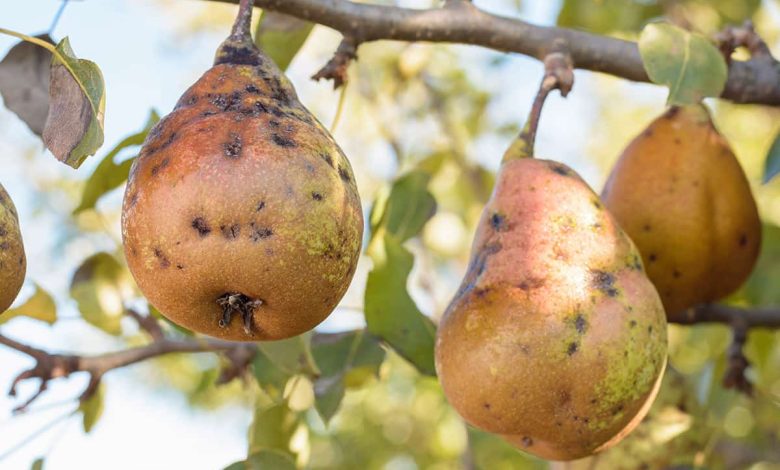
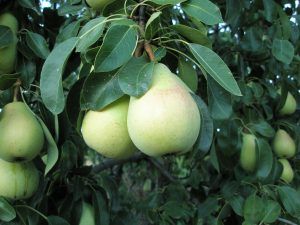 The pear is a juicy and delicious fruit that is born from the pear tree, this being a fairly delicate specimen, due to the sweetness it produces .
The pear is a juicy and delicious fruit that is born from the pear tree, this being a fairly delicate specimen, due to the sweetness it produces .
These characteristics mean that many pests want to feed on it, so it is necessary to maintain strict care.
Based on this, it is important that you have all the relevant information if you want to have healthy pear trees and optimal development.
So we have compiled a lot of information, specially described so that you have the necessary support at all times .
pear tree slug
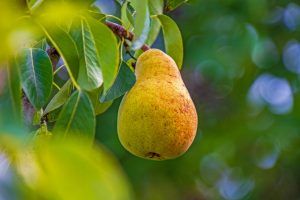 This is the common name for the larvae of the hymenopteran species Caliroa limacina, due to its appearance and color, which makes it look like a slug.
This is the common name for the larvae of the hymenopteran species Caliroa limacina, due to its appearance and color, which makes it look like a slug.
These pests appear in spring, when the wasps lay isolated eggs so that their larvae can feed on the tree.
In general, these insects ingest the upper parenchyma of the leaves and the mesophyll, so their surface appearance is not damaged .It should be noted that it is not necessary to have a specific treatment for this pest, since routine fumigation kills them.
pear tree stumps
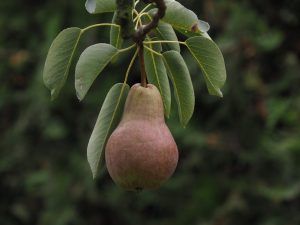 In this case it is also a Hymenoptera, which not only lays its eggs on the tree, but also makes a crack in the stems of the shoots .
In this case it is also a Hymenoptera, which not only lays its eggs on the tree, but also makes a crack in the stems of the shoots .
In these incisions they place the eggs and their larvae live the entire larval period inside them.
However, problems arise because the cut made in the bark of the shoot causes it to dry out, turning it blackish.This is precisely what makes it possible to notice the plague that is present in the specimen.
In order to combat this plague, it is enough to cut the shoots below where it is blackened , destroying the larva that lives inside.A chemical control can also be carried out, taking into account the commercial product that best suits the needs of each case.
pear moth
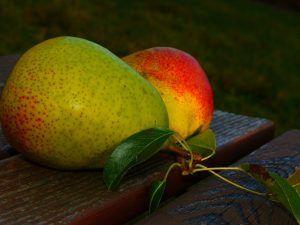 This can be considered one of the most serious pests of the pear, since they feed on the fruit of the tree itself .
This can be considered one of the most serious pests of the pear, since they feed on the fruit of the tree itself .
Keep in mind that this insect is only harmful in the larva or worm state, since they pierce the fruit to feed on its seeds and heart.
The perforation is made at the tip of the calyx or on one side , usually where two fruits meet or where the leaves touch the fruit.
They are a pest that can be difficult to spot, as the larvae remain inside the fruit and the adult moths become active at night.This makes it important to carry out adequate prevention work, with well-applied annual spray programs.
pear psyllid
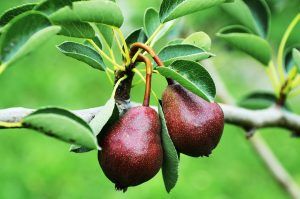 Caused by Psylla pyricola Foerster, it can become a much more damaging pest than the pear moth.
Caused by Psylla pyricola Foerster, it can become a much more damaging pest than the pear moth.
This is because these insects secrete a honey, which slides through the foliage and fruit of the tree, being able to fill most of it .
This honey is an ideal habitat for some fungi, which develop and cause serious damage to the tree.To begin with, they cause the skin of the fruit to blacken and can develop scars.
In addition, they promote the appearance of brown spots on the foliage and perhaps numerous leaf drops.During severe infestations, a great defoliation of the trees can be observed, damaging their vitality and preventing the fruits from having a good formation.
In the same way as the pear moth, this pest can be controlled with the use of insecticides .However, its application must be rigorous and organized.
branch borer
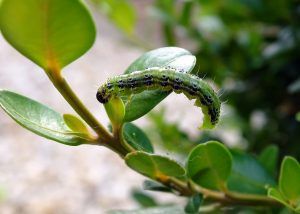 As its name indicates, this disease attacks the branches of pear trees , introducing fungi, which weaken them.
As its name indicates, this disease attacks the branches of pear trees , introducing fungi, which weaken them.
In severe cases, these attacks can end with the death of the entire branch, either by desiccation or rupture.
As a general rule, they attack during the rainy season , that is, from the end of June and can last until past August.
Its control is carried out mainly with the pruning of the infected branches and the subsequent burning of them, preventing others from becoming infected.However, you can also carry out a chemical control, as long as the infection is extensive and the period of the attack is prolonged.
bark borer
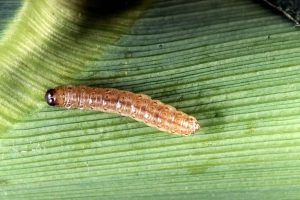 This disease directly affects the phloem area, promoting accelerated tree degeneration.
This disease directly affects the phloem area, promoting accelerated tree degeneration.
Certainly, it has not been proven that it can end in the hasty death of the specimen, although it does shorten its productive life.
Its appearance can be known by finding holes in the surface of the tree, similar to small round shots.This disease can spread through the pear orchard, if not quickly, quite efficiently, and can affect the entire crop.
The best way to eliminate it is with the use of chemical products and with constant supervision, to treat it in a timely manner.
Mites
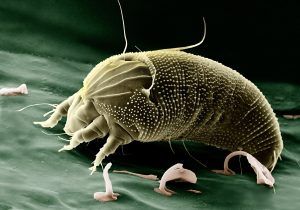 Small, numerous and much feared, spider mites can cause much more damage than you might think in a pear crop.
Small, numerous and much feared, spider mites can cause much more damage than you might think in a pear crop.
These insects reproduce very quickly and can cause discoloration, yellowing, and defoliation in trees.
On the other hand, many of them feed on the fruits and can roughen their exterior or damage their interior texture.The best way to prevent them is with the correct fumigation.
In addition, conscientious compliance with pest and disease control programs is necessary.Pear trees are sensitive trees and they can have a good variety of pests and diseases, due to their sweetness.
This makes it necessary to give it a good amount of care and to have a well-developed crop disinfection system.In addition, this information is timely if you are interested in having a specimen as part of your garden or as a complement to your personal garden.
This way you can give it the necessary care throughout its useful life and enjoy a healthy pear tree at all times.

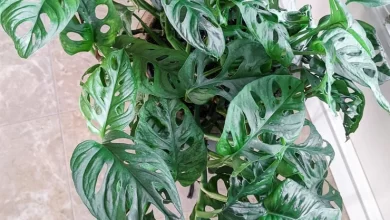


![Photo of Chamaecyparis: [Cultivation, Associations, Pests and Diseases]](https://www.complete-gardening.com/wp-content/uploads/2022/08/chamaecyparis-cultivation-associations-pests-and-diseases-390x220.jpg)